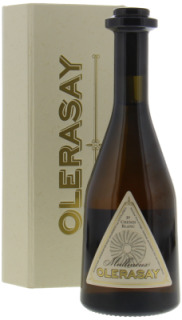South Africa has established itself in the global wine industry with its diverse range of wines, with delicate white wines, sweet straw wine and great red wines, where they are famous for their signature variety the Pinotage grape.
The majority of South Africa’s vineyards are located in the Western Cape region, where they are generally no further than 50km from the coast to allow the cool breeze to reach the vineyards. The Mediterranean like climate being tempered by the colder ocean breezes in combination with their access to soils which were formed over 600 million years ago leads to high quality wines. Some of their renowned wine regions are, Stellenbosch, Paarl, Swartland, Elgin and Overberg to name a few, renowned for their unique characteristics where different varieties are dominant based on local conditions.
While South Africa is globally recognized for its Pinotage variety, which is a local crossing between Cinsault and Pinot Noir and is rarely found outside of South Africa there is a rise in the use of Shiraz, Cabernet Sauvignon and Merlot, the latter two often used for the Bordeaux style blend. However the majority of grapes produced are of the white varieties, accounting for 55% of the grapevines planted, with the majority being the Chenin Blanc, though losing popularity to Chardonnay and Sauvignon Blanc over the years as more internationally recognized varieties have seen an increase in demand overseas.




